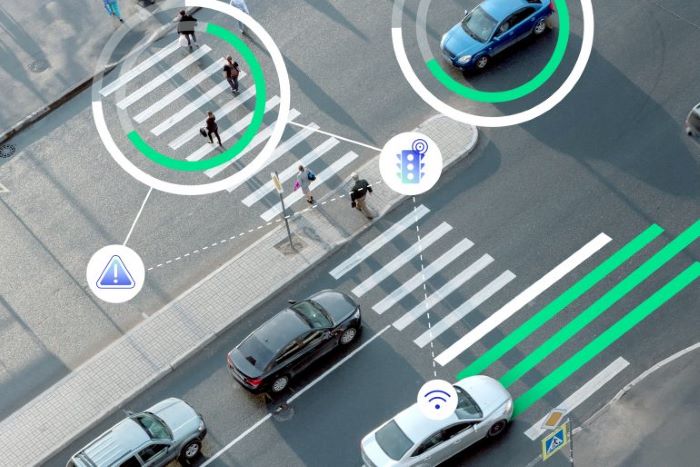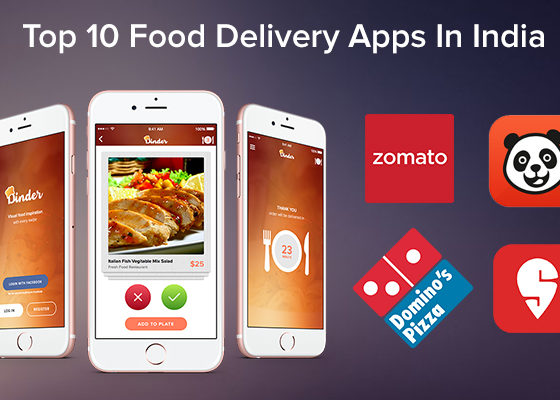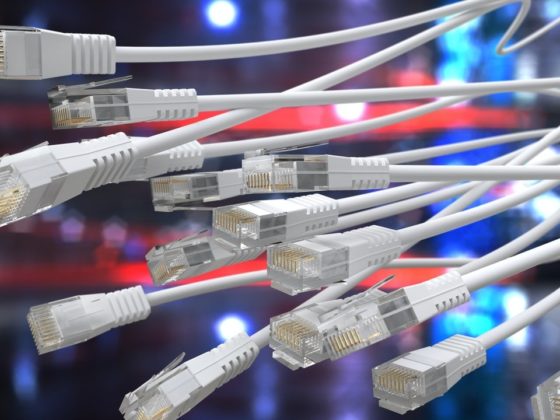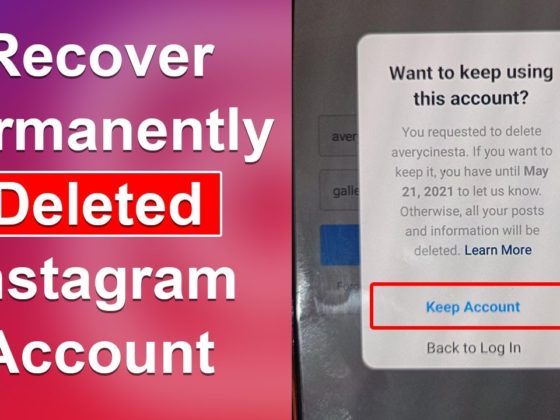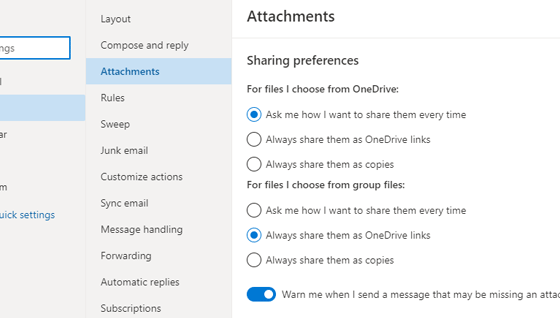Modern cities are dynamic organisms pulsating with life, commerce, and culture. However, the vitality of these urban landscapes often comes with a price – traffic congestion. As cities continue to grow, so does the challenge of managing traffic effectively. In the quest for smart and efficient urban mobility, cutting-edge Traffic control services play a pivotal role in orchestrating a harmonious city symphony.
The Traffic Conundrum: Navigating Urban Chaos
Urbanisation has led to an exponential increase in vehicles on the road, resulting in traffic congestion that plagues many metropolitan areas. The consequences are far-reaching, affecting not only commuters’ daily lives but also the environment, economy, and overall quality of life. In response to this growing challenge, cities are turning to advanced traffic management services to navigate the urban chaos and bring about a seamless flow of vehicles.
Real-Time Traffic Monitoring: Eyes on the Street
One of the cornerstones of effective traffic management is real-time monitoring. Cutting-edge technologies, such as surveillance cameras, sensors, and data analytics, provide a comprehensive view of traffic patterns, bottlenecks, and congestion points. By leveraging these tools, traffic control services can make informed decisions, proactively address issues, and optimise traffic flow in a dynamic urban environment.
Smart Traffic Signal Systems: Green Waves and Adaptive Control
Traditional traffic signal systems are being replaced by intelligent, adaptive solutions that respond in real-time to changing traffic conditions. These systems use algorithms and artificial intelligence to adjust signal timings, creating green waves that synchronise traffic flow and reduce unnecessary stops. By minimising idle time at intersections, smart traffic signal systems improve efficiency and contribute to lower emissions and fuel consumption.
Dynamic Route Guidance: Navigating Beyond Gridlock
Dynamic route guidance systems offer drivers real-time information on the most efficient routes, considering current traffic conditions. These systems, integrated with GPS and communication technologies, empower drivers to make informed decisions, avoiding congested areas and contributing to a more evenly distributed traffic flow throughout the city. Dynamic route guidance helps alleviate congestion and improves overall mobility by reducing the concentration of vehicles on popular routes.
Integrated Public Transportation Solutions: Multimodal Connectivity
An effective traffic control and management strategy goes beyond individual vehicles and encompasses the entire transportation ecosystem. Integrated public transportation solutions, including buses, trains, and shared mobility services, play a crucial role in providing alternatives to private vehicle usage. By promoting multimodal connectivity, cities can reduce the reliance on personal vehicles, easing traffic congestion and creating a more sustainable urban transportation network.
Predictive Analytics: Anticipating Traffic Challenges
Predictive analytics harness historical and real-time data to anticipate future traffic challenges. By identifying recurring patterns and potential bottlenecks, traffic management services can implement proactive measures to mitigate congestion before it occurs. This forward-looking approach enhances efficiency and allows cities to allocate resources more effectively, ensuring a smoother traffic flow during peak hours and special events.
Public Engagement and Education: A Collaborative Approach
While advanced technologies are pivotal, public engagement and education are equally important components of effective traffic management. Raising awareness about alternative transportation options, encouraging responsible driving behaviour, and fostering a sense of shared responsibility contribute to a more cooperative and harmonised traffic environment. A collaborative approach between city authorities, businesses, and the community is essential to address urban mobility challenges successfully.
In conclusion, as cities continue to evolve, the need for innovative Traffic control services and becomes increasingly evident. Integrating cutting-edge technologies, real-time data analytics, and a collaborative approach between city stakeholders is essential for orchestrating a harmonious city symphony of urban mobility. By embracing these advancements, cities can transform their traffic landscapes, creating a more efficient, sustainable, and enjoyable urban experience for residents and visitors alike. The future of urban mobility lies in the hands of those who dare to conduct the city symphony with precision and foresight, ensuring that the city’s pulse beats harmoniously.

